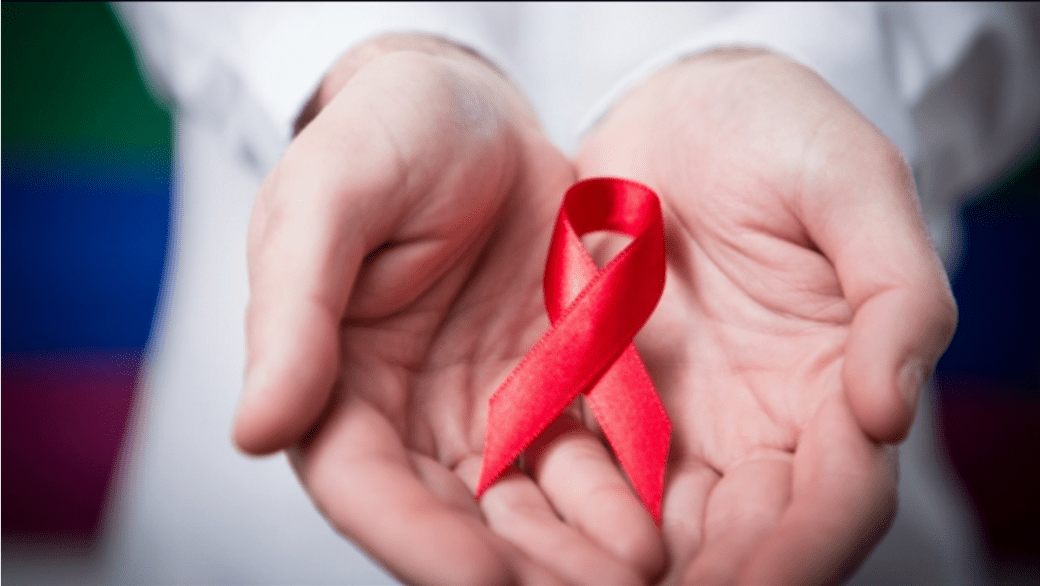Changes to federal funding criteria have left dozens of HIV/AIDS organizations at risk of closing their doors or reducing services.
Following two years of consultations, the Public Health Agency of Canada (PHAC) developed new priority populations for the $26.4 million fund it has earmarked for HIV/AIDS, hepatitis C and other sexually transmitted infections (STIs).
The result is “destruction” among the organizations that provide services to Canadians with HIV/AIDS and hepatitis C, says Gary Lacasse, the executive director of the Canadian AIDS Society.
The AIDS Society, which has received funding for the past 25 years from PHAC, was one of the organizations not invited this year to submit a full proposal.
“It’s a blow,” Lacasse says, but vowed the AIDS Society will carry on despite the fact it’s always relied on PHAC for nearly half of its funding. “How we will continue still has to be looked at.”
While it’s too early to gauge the extent of the projects across the country that will be impacted, Lacasse says he’s heard from many organizations who were previously funded, who will now have to weigh whether or not they’ll be able to continue operating once their current funding runs out on March 31, 2017.
PHAC received $63 million in funding requests from 224 Letters of Intent, according to Canada’s chief public health officer, Dr Gregory Taylor. Of those letters, 124 organizations were invited to submit full project proposals.
“It was a very difficult decision in terms of which of the organizations that we fund and which organizations that we do not fund,” Taylor says, adding the fund only stretches so far.
“Yes, we’d certainly like to have more money,” he says.
PHAC’s priorities have expanded to include transgender people and sex workers, Taylor says. It’s also shifted to better reflect the variance in disease rates across the country, he adds, to focus on specific geographic locations it feels, “had more of a burden from those diseases.”
One of the existing priorities is supporting Canada’s indigenous communities. Many organizations, including the Native Women’s Association of Canada as well as numerous First Nations friendship centres, were funded this year. However, the Canadian Aboriginal AIDS Network (CAAN) says it remains concerned about the amount of funding available for indigenous communities.
CAAN was invited to submit its own proposal, says CEO Ken Clement at 30 percent of its previous funding levels.
“Supporting our indigenous community is pivotal to turning the tide, now more than ever, when Canada is experiencing epidemic AIDS rates,” Clement said in a release. HIV rates in Saskatchewan are two times higher than the national rate.
New projects welcome, but new funding needed
Forty-one of the projects that will receive PHAC funding have not previously been funded by the Community Action Fund. And while Lacasse is pleased to see new players in the community, he says it shouldn’t have come at the expense of others.
“The money should have been increased to bring in these new players,” he says.
If previously-funded organizations and projects are forced to close, Lacasse worries those who seek their services will be left in the cold.
“You know how much courage it takes for somebody to reach out to a community organization? To establish a relationship and to ask for care? That takes a lot,” he says. “So those people are going to be hitting a wall come April 1, with no supports. That’s the danger here.”
It’s Taylor’s hope that those involved with newly funded projects will work with existing organizations to ensure there are no gaps in service.
CAF has a $600,000 contingency fund in case PHAC does identify gaps that need to be addressed, he notes.
Lack of funding for hepatitis C
The funding changes mark a significant blow to the more than 250,000 Canadians living with hepatitis C, according to advocacy group Action Hepatitis Canada.
“What we’re concerned about is there’s not going to be a really good solid response . . . because the cuts are everywhere,” says chair Patricia Bacon.
The Pacific Hepatitis C Network in British Columbia was one of the organizations denied funding this year — a situation that president Daryl Luster calls “devastation.”
“We are very disappointed in the direction PHAC is taking and not only because of us but so many other good [organizations] which will not survive the next six months,” he says in an email.
The next steps
The Canadian AIDS Society, the Canadian Aboriginal AIDS Network and Action Hepatitis Canada are urging the federal government and PHAC to return to “status quo” funding for one year and revisit the Community Action Fund funding process.
In a joint release, the organizations said, “the renewed process would be required to have its goals and criteria posted publicly, and be based on consultations with both community organizations and people living with HIV and hepatitis C.”
The organizations also say PHAC should be working with the community to determine gaps in funding allocation.
When asked for his response to the organizations who weren’t funded, Taylor recognizes that many organizations are not happy with the way PHAC has redistributed its funding.
And despite concerns from across the country about the impact of the funding changes, Taylor says he doesn’t anticipate a decrease in service available to those with HIV/AIDS, hepatitis C and other sexually transmitted blood-borne infections.
“We hope that no organization closes,” he says.

 Why you can trust Xtra
Why you can trust Xtra


